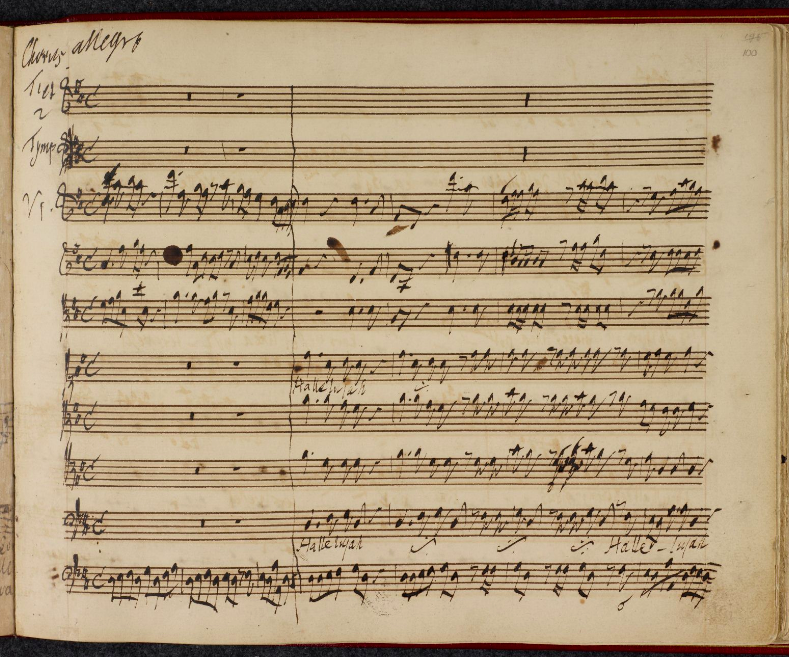Handel's Use of Musical Rhetoric in Messiah
Rhetoric is defined as ‘the art of effective or persuasive speaking or writing, especially the exploitation of figures of speech and other compositional techniques’. In Messiah, we see Handel’s skills in musical rhetoric brilliantly applied to raise the art of composition, combining words and music to a new height of expressiveness, judged to be sublime by his contemporaries, and adored by audiences since the eighteenth century. Handel applies three separate and identifiable types of musical rhetoric. Firstly, the deliberative mode, which he uses for text concerning what is to occur in the future, for example, the very beginning of the work, the annunciation of the virgin birth, or the passages at the start of Part 3, confirming the promise of the resurrection of the dead and subsequent eternal life. Secondly, the forensic judicial type, which he uses to scrutinise the evidence for events that lie in the past, for example the betrayal of Christ in the movements which refer to these retrospectively. And thirdly (based on the definition attributed to Aristotle), the epideictic, which covers text where praise is given to God or Christ in the form of ceremonial oratory or commemoration, for example in the movements Glory to God, Lift Up Your Heads, Hallelujah and Worthy Is the Lamb. It is no coincidence that these were the very same principles of literary rhetoric which were used in the compilation of the King James Bible in 1611, a work designed to be read aloud in church, as if in performance, in order to promote and reinforce belief in the Christian message as theatrically and dramatically as possible. The seventeenth century literary style, recently refreshed and reinvigorated by the wonderfully creative and inventive use of vocabulary by Shakespeare, uses sounds, metres, rhythms and patterns which makes it enjoyable, catchy, memorable and congruent with the meaning it intends to convey. Almost every word of text in Messiah which is not secco recitative, is set by Handel with musical and literary repetition, brought to life by a combination of melodic shape, harmonic invention, rhythmical precision, orchestration, or significant decisions with regard to musical texture. Handel’s music reveals the way in which he introduces these devices, overlaps them, piles them up on top of one another, literally painting the text in sound. The term ‘word painting’ is often frowned on by serious academic musicians as being a phrase which is undesirable to use in musical analysis. I ignore this sentiment, and use the term unashamedly in my commentary. Whatever else Handel is or isn’t doing, there is absolutely no doubt in my mind that he is deliberately painting the text in vivid musical colours – his musical rhetoric is as strong in Messiah as in any of his dramatic operas, and the text compiled by Jennens lends itself wonderfully to such musical rhetoric. (There are far too many uses of musical rhetorical devices in Messiah to point them all out, but I have mentioned a few in the commentary.)
THE OPENING OF THE HALLELUJAH CHORUS FROM MESSIAH, IN HANDEL’S HANDWRITING



























